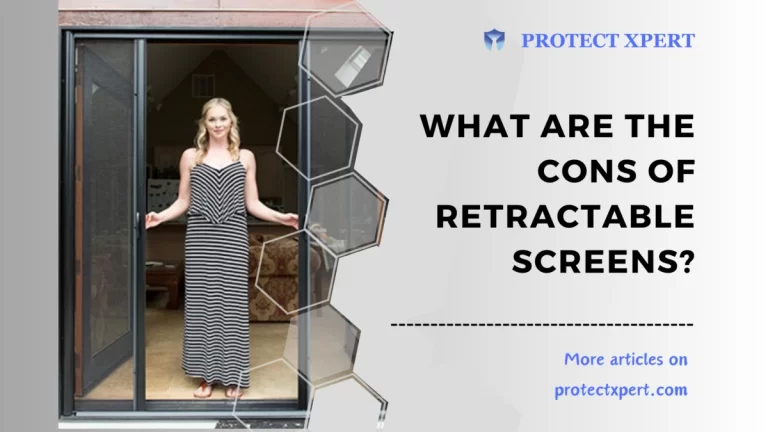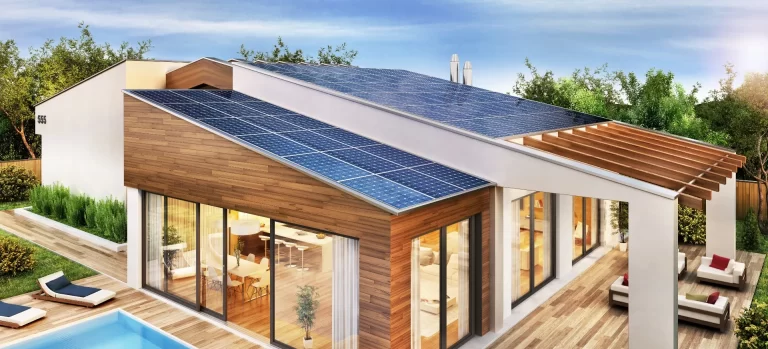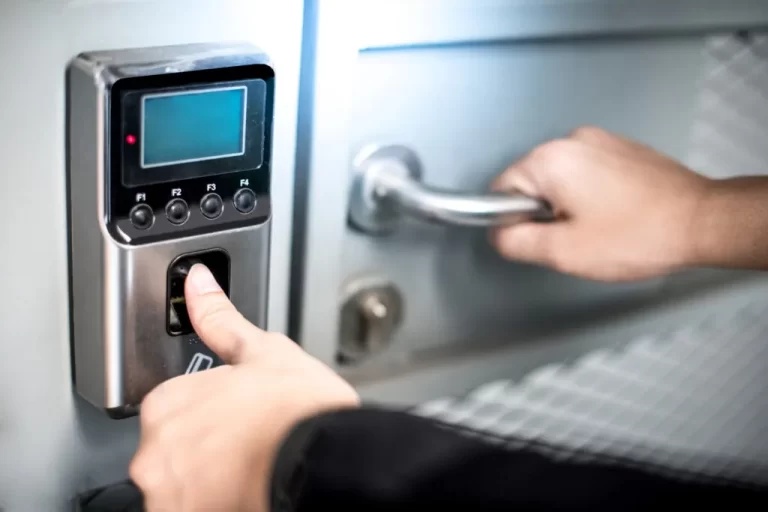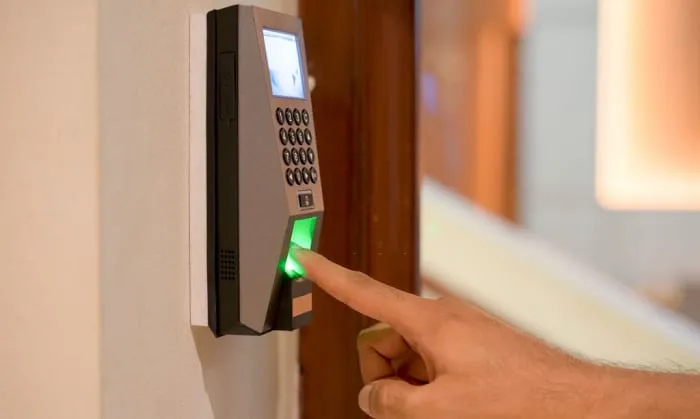Insulated Glass Benefits and Types: What You Should Know
Discover the advantages and varieties of insulated glass in this comprehensive guide. Learn about the benefits and different types to make informed choices for your home or project.
In the realm of construction and architecture, the importance of selecting the right materials cannot be overstated. When it comes to windows, one option that has gained significant attention is insulated glass.
In this article, we’ll delve into the world of insulated glass, exploring its benefits and various types, ensuring you have the knowledge needed to make informed decisions.
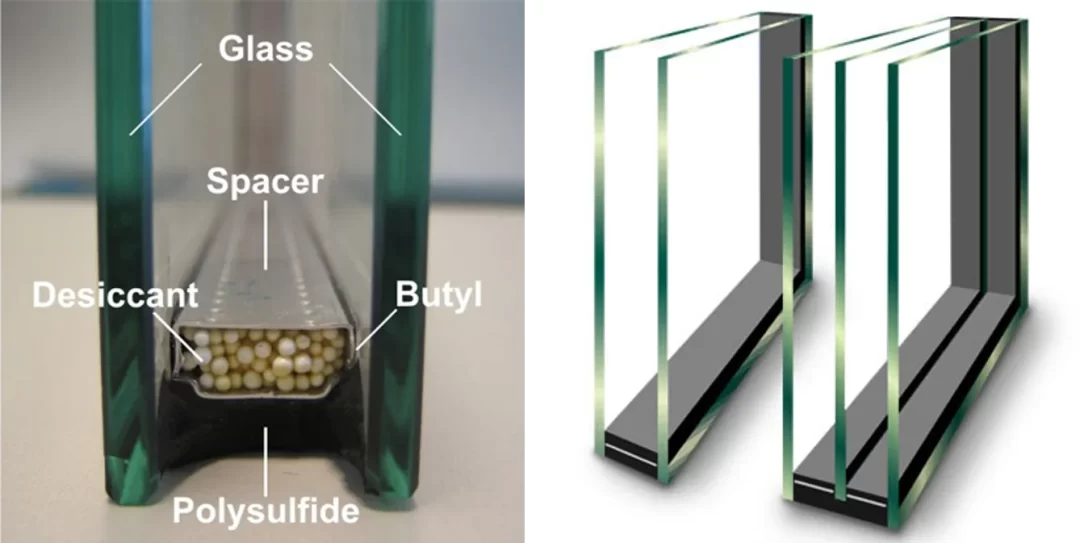
What is Insulated Glass?
Insulated glass, commonly known as double glazing, is a type of window or glass unit designed to provide superior insulation compared to traditional single-pane windows.
It consists of two or more glass panes separated by a spacer, creating a sealed air or gas-filled space between them.
This design is highly effective in reducing heat transfer, making it an energy-efficient choice for both residential and commercial buildings.
The Benefits of Insulated Glass
Insulated glass offers a plethora of advantages that have made it a popular choice among homeowners and architects alike:
1. Energy Efficiency
Insulated glass significantly improves a building’s energy efficiency. By reducing heat transfer, it helps maintain consistent indoor temperatures, reducing the need for excessive heating or cooling.
This translates to lower energy bills and a reduced carbon footprint.
2. Noise Reduction
The double-pane design of insulated glass also serves as an effective noise barrier. It keeps external noises, such as traffic or construction, at bay, creating a peaceful and quiet indoor environment.
3. Enhanced Comfort
With its ability to regulate indoor temperatures, insulated glass ensures a comfortable living or working environment year-round. Say goodbye to drafty spaces and temperature fluctuations.
4. UV Protection
Insulated glass often comes with low-E (low emissivity) coatings that block harmful UV rays. This not only protects your furnishings and artwork from fading but also reduces the risk of skin damage from prolonged sun exposure.
5. Increased Property Value
Investing in insulated glass can increase the resale value of your property. Its energy-efficient features and enhanced comfort are attractive selling points for potential buyers.
6. Environmentally Friendly
The energy savings associated with insulated glass contribute to a more sustainable lifestyle. Reducing energy consumption helps conserve natural resources and reduce greenhouse gas emissions.
Types of Insulated Glass
Now that we’ve explored the benefits let’s delve into the various types of insulated glass available:
1. Double-Pane Insulated Glass
Double-pane insulated glass is the most common type and consists of two glass panes separated by a spacer. The space between the panes is usually filled with air or inert gases like argon or krypton.
This design creates an insulating barrier that helps reduce heat transfer and enhances energy efficiency in windows.
2. Triple-Pane Insulated Glass
Triple-pane insulated glass offers even higher levels of energy efficiency and noise reduction compared to double-pane glass. It consists of three glass panes separated by two spacers, creating two insulating spaces.
The additional layer of glass and the extra insulating space contribute to improved thermal performance and sound insulation.
3. Gas-Filled Insulated Glass
In addition to standard air-filled insulated glass, there are options available that are filled with inert gases such as argon or krypton.
These gases provide better insulation compared to air due to their higher density and reduced ability to conduct heat.
Gas-filled insulated glass is commonly used in high-performance windows that prioritize energy efficiency.
4. Low-E Coated Insulated Glass
Low-E (low emissivity) coatings are thin, nearly invisible layers applied to the surface of the glass. These coatings are designed to reflect heat radiation while allowing visible light to pass through.
By reducing heat transfer and blocking ultraviolet (UV) radiation, low-E coated insulated glass helps to maintain a comfortable indoor temperature and protects furnishings from fading.
5. Tinted Insulated Glass
Tinted insulated glass is treated with a special film or coating that reduces glare and limits the amount of heat penetration from sunlight.
The tinting process involves adding a color or a reflective layer to the glass, which helps to block a portion of the solar energy.
Tinted insulated glass is particularly beneficial in areas with intense sunlight, as it can reduce the need for excessive cooling and provide enhanced privacy.
6. Laminated Insulated Glass
Laminated insulated glass consists of multiple layers of glass that are bonded together with a polymer interlayer. This interlayer provides added strength and safety, as it holds the glass together even if it shatters upon impact.
Laminated glass is commonly used in applications where security and protection against breakage are of utmost importance, such as in hurricane-prone regions or for sound insulation in noisy environments.
These different types of insulated glass offer varying levels of energy efficiency, sound insulation, UV protection, security, and privacy.
The choice of insulated glass depends on the specific needs and requirements of the project or application.
Is Low-E Insulated Glass?
Low-E glass is not an insulator, but it has a microscopic coating that reflects heat back into the home instead of letting it escape through the window.
This coating, known as low emissivity, helps maintain a stable indoor temperature and reduces heat transfer.
It is effective in reflecting heat and blocking UV radiation, which protects furniture from fading and creates a comfortable indoor environment.
Solar-control Low-E glass is a type of Low-E glass that additionally prevents solar heat from entering windows, making it beneficial in sunny and hot climates.
For maximum energy efficiency, it is recommended to choose insulated windows with multiple panes (double or triple-paned) that have a Low-E coating.
This combination of insulation and Low-E coating improves energy efficiency, thermal performance, and overall comfort in a home.
What are the Pros and Cons of Insulated Glass?

Pros of Insulated Glass
Insulated glass is highly recommended for windows due to these significant advantages:
1. Energy Efficiency
Insulated glass provides excellent thermal insulation, reducing heat transfer through windows. This helps to keep the indoor temperature stable and can result in energy savings by reducing the need for heating or cooling.
2. Enhanced Comfort
Insulated glass helps to minimize drafts and cold spots near windows, creating a more comfortable living environment. It also helps to reduce condensation on the interior surface of windows, which can be beneficial for maintaining a healthy indoor atmosphere.
3. Noise Reduction
The multiple layers of glass and the air or gas-filled spaces in insulated glass act as sound barriers, reducing external noise transmission into the building. This can be particularly advantageous in urban areas or near busy streets.
4. UV Protection
Insulated glass often includes low-E coatings or tinting options that block a significant amount of harmful ultraviolet (UV) radiation. This helps to protect furniture, flooring, and other interior items from fading or damage caused by prolonged sun exposure.
Cons of Insulated Glass
Here are some things you might want to consider before getting an insulated glass:
1. Cost
Insulated glass tends to be more expensive than standard single-pane windows. The additional materials and manufacturing processes involved contribute to the higher cost. However, the potential energy savings over time can offset the initial investment.
2. Weight and Thickness
Insulated glass units are typically thicker and heavier than single-pane windows. This may require adjustments to existing window frames or installation methods. The increased weight can also affect operability, especially for larger windows.
3. Maintenance and Repair
If the seal between the glass panes in an insulated glass unit fails, condensation or fogging may occur between the layers. In such cases, the unit usually needs to be replaced to restore its insulating properties. This can be an inconvenience and an additional cost.
4. Limited Design Options
The thickness and structure of insulated glass units may limit certain design options, such as decorative glass features or window frame styles. Customization options may be more limited compared to single-pane windows.
Frequently Asked Questions (FAQs)
Here are important, related questions on “Insulated Glass Benefits and Types” to help you better understand:
1. Is insulated glass suitable for all climates?
Insulated glass is versatile and can benefit homes in various climates. It helps keep the heat out in hot climates and retains warmth in colder regions.
2. Can I retrofit my existing windows with insulated glass?
Yes, it’s possible to retrofit existing windows with insulated glass. However, it’s essential to consult a professional to determine feasibility and cost-effectiveness.
3. Are there government incentives for installing insulated glass?
In some regions, there may be energy-saving incentives or tax credits for installing energy-efficient windows, including insulated glass. Check with local authorities for available programs.
4. How long does insulated glass typically last?
When properly maintained, insulated glass windows can last 20 years or more. Regular cleaning and inspection can extend their lifespan.
5. Can I install insulated glass myself?
While it’s possible to install insulated glass as a DIY project, it’s recommended to hire a professional for accurate measurements and a proper seal, ensuring optimal performance.
6. Are there any downsides to insulated glass?
One potential drawback is the initial cost, which can be higher than traditional windows. However, the long-term energy savings often outweigh the initial investment.
Conclusion
In conclusion, understanding insulated glass benefits and types is essential for making informed decisions regarding your windows and overall energy efficiency.
Whether you prioritize energy savings, noise reduction, or UV protection, there’s an insulated glass option to meet your needs. Consider consulting with a window specialist to determine the best choice for your specific circumstances.
READ ALSO!!!

